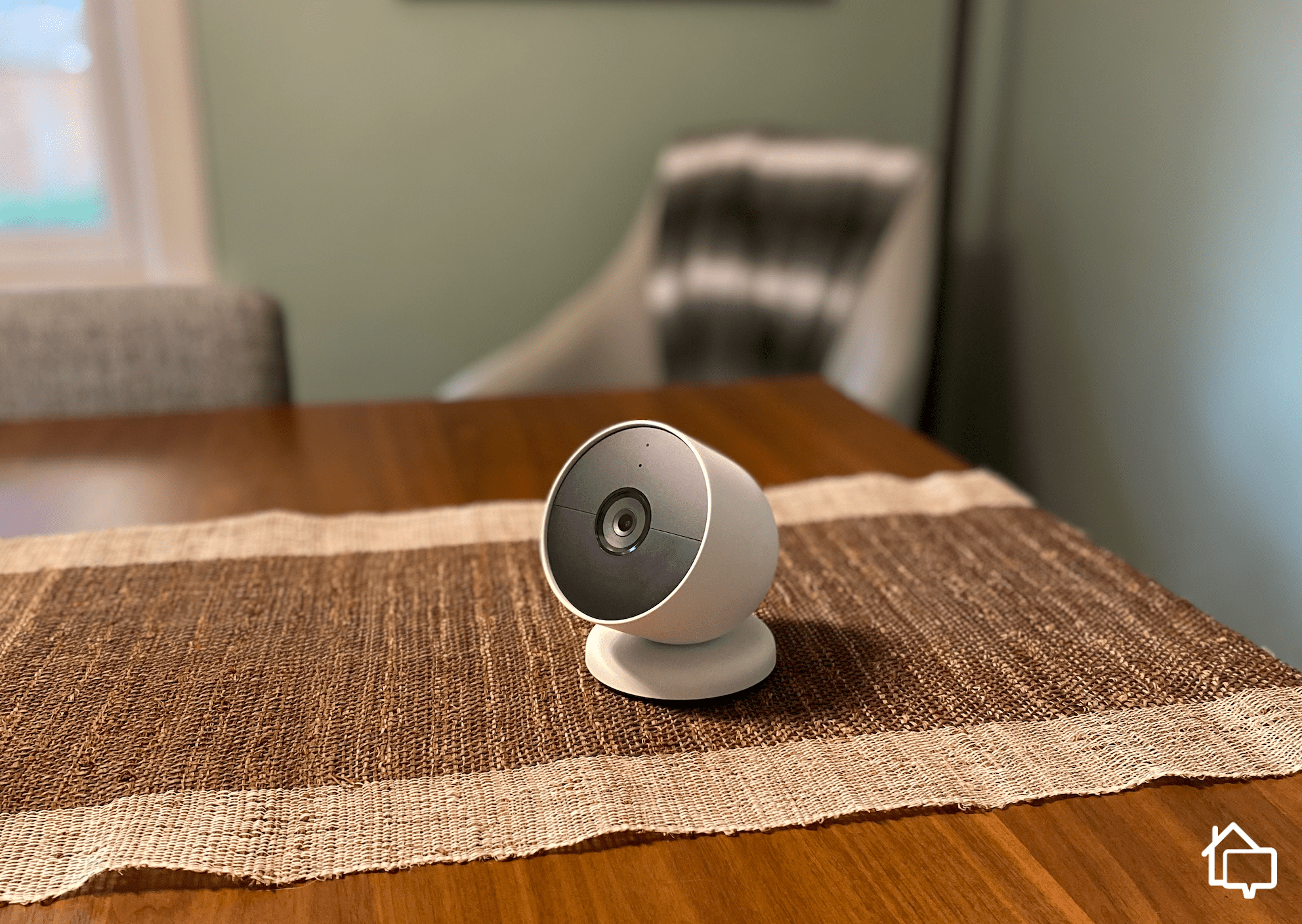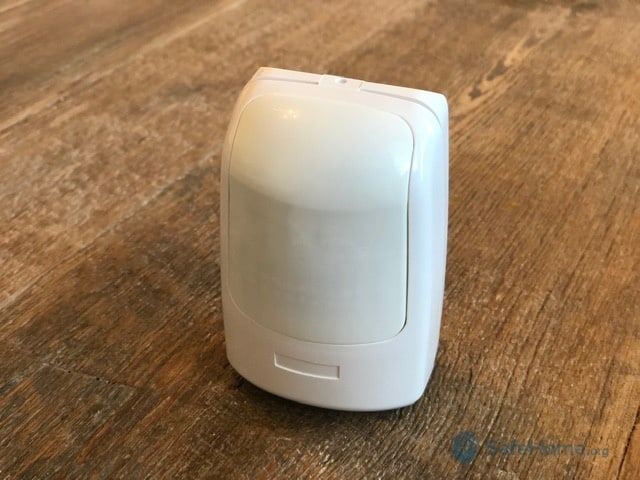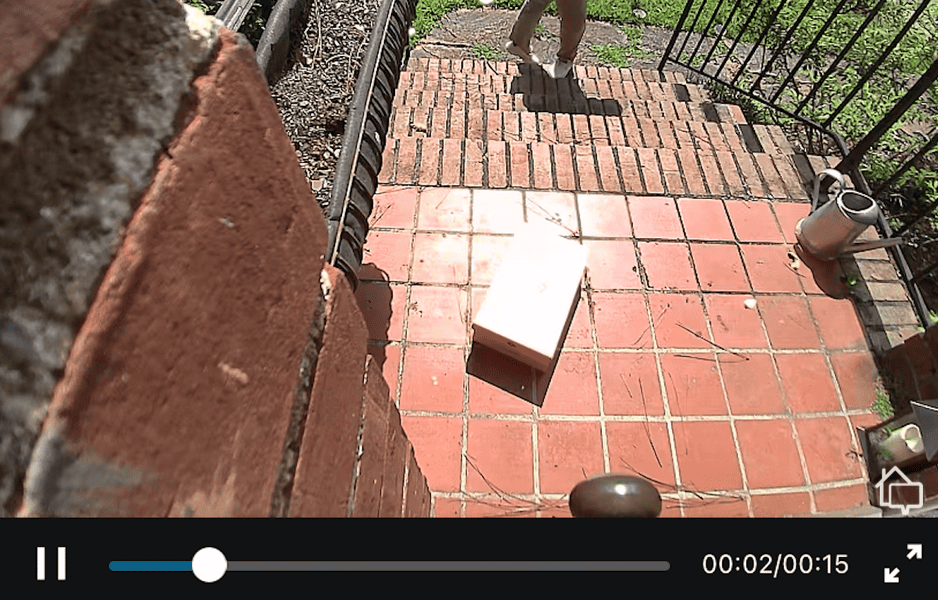When it comes to household dangers that can kill you, few unsettle me more than carbon monoxide.
I wrote about other toxic household gasses, but having a carbon monoxide leak in your house is like having an invisible, venomous snake slithering around your hallways and hiding in the corners.
Actually, it’s worse.
Unlike the surprisingly prevalent lead paint, you can’t smell, see, or taste carbon monoxide, but it can kill you quickly. Sometimes within minutes.
That’s why homeowners need carbon monoxide (CO) detectors in their homes and why they’re required to pass building codes in most states. CO detectors save lives because they detect the gas before some of the worst symptoms of exposure take hold.
Let’s take a deep dive into what good CO detectors do and how they work, so you can keep one ugly, invisible killer out of your home. While you’re at it, read our guide to winter home safety, because many CO emergencies happen during colder months.
Know Your Enemy: Understanding Carbon Monoxide and Carbon Monoxide Poisoning
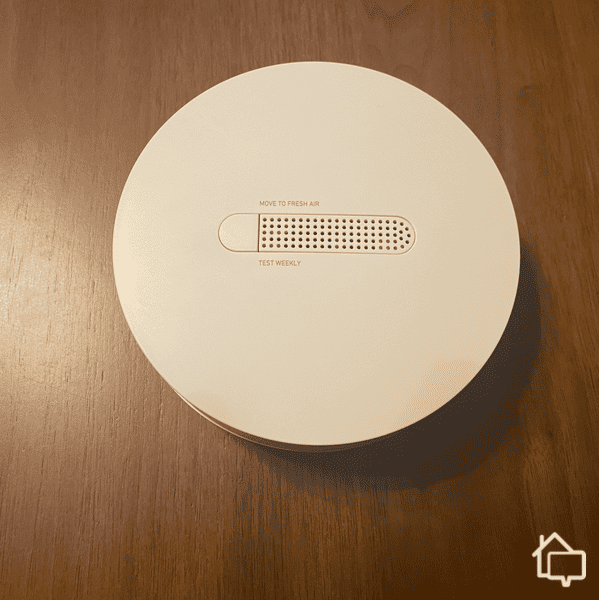
SimpliSafe’s new smoke detector and carbon monoxide monitor ready to be installed in my upstairs hallway.
CO is an invisible, odorless gas that comes from burning fuels. Household appliances and engines that use combustion make CO, and it can seep out of their vents and flues if they don’t work properly or they’re in poorly ventilated spaces. Think faulty gas stoves, fireplaces, furnaces, vehicles, and portable generators.
Did You Know? Portable generators are the most common culprits of CO poisoning. People typically know not to run vehicles indoors, but portable generators often get overlooked even though they can produce a great deal more carbon monoxide than a car’s exhaust. Portable generators have even poisoned people inside a home while the generator was set up outside, because they were positioned too close to open windows.
CO poisoning happens when too much of it builds up in the blood. Our bodies swap oxygen with CO because it binds to hemoglobin much more efficiently than oxygen. As more and more of it comes in through the lungs, it builds and builds in our bodies, snuffing out oxygen and causing major tissue damage and death1.
It’s not pretty. The gas affects the brain and heart the most, so symptoms can feel similar to having the flu:
- Nausea
- Headache
- Dizziness
- Blurred vision
- Loss of muscle control and consciousness
People can even experience dangerous symptoms after recovering from major CO poisoning:
- Movement issues
- Changes in personality
- Brain fog and memory loss
CO earned its nickname, the Silent Killer, for good reason. It’s a serious hidden household danger, but the kind every homeowner can stop with one fairly simple device. Enter the CO detector.
Know Your Guardian: Carbon Monoxide Detectors
CO detectors come in various sizes and easily attach to walls or ceilings. The round ones are typically 4 to 6 inches in diameter, and the square ones are roughly 3 to 5 inches long.
The compact guardians measure how much carbon monoxide has saturated a space, and will sound an alarm when it reaches dangerous levels. Most models measure the gas in parts per million, and the thresholds vary for when the alarm triggers. Most, however, detect low concentrations so they can warn people before it becomes dangerous.
The three common kinds of CO detectors are electrochemical, biomimetic, and metal oxide sensors, and each uses a different mechanism to measure the gas in a space.
Electrochemical Detectors
The most common kind of detector, electrochemical, uses sensors made up of electrodes that are submerged in an electrolyte, a solution that conducts electricity. When CO enters the sensor, a chemical reaction causes electricity to flow through the electrolyte and the monitor alerts you, depending on how much the current increases.
These mechanisms last a long time, and they’re commonly used in high-quality models. You’ll still need to replace them based on the manufacturer’s recommendations though.
Biomimetic Detectors
Biomimetic detectors have a gel that mimics what happens when CO chemically attaches to the hemoglobin in the human body. CO can turn your blood a cherry red color because of its effect on blood proteins. The detector’s gel does the same thing when exposed to CO, and a light sensor inside watches for shifts in color and sounds the alarm when it becomes dangerous.
FYI: Carbon monoxide can poison a person with a small amount over a long period of time or a large amount over a short period.
Metal Oxide Semiconductor Detectors
These lightweight and generally long-lasting detectors have metal oxide sensor chips inside them that change resistance when exposed to CO. The chips are coated with a porous metal oxide material that bonds easily with oxygen, making negatively charged ions.
When CO comes into the sensor, it has a stronger affinity than oxygen so the change in negative charge registers in the detector’s circuitry.
Fascinating detector science aside, there are plenty of options and each will need regular testing and replacement and require different installation.
Alarms
Detector alarms range from ear-piercing beeps to robotic voices telling you they sense dangerous levels of CO. Their alarms are loud in order to wake sleepers, because CO poisoning poses an extra threat to people who can’t feel the symptoms — such as headaches and dizziness — affecting them.
Installation
Some CO detectors use batteries and some are hard-wired. Some models plug directly into outlets, making them super simple to install right out of the box. Several models even offer a combination of fire and carbon monoxide monitoring. I have two of those in my house, and I appreciate the extra safety they provide. They’re hard-wired, so I don’t have to worry about batteries.
Most models need to be mounted to a wall or ceiling, just like smoke detectors.
Lifespan
Most CO detectors have a lifespan of five to seven years, but that can be shorter depending on the model. You’ll need to replace the whole alarm when it reaches the end of its life, and some will even let you know they’ve expired. A good rule of thumb is that if you can’t find an expiration date on your CO detector, replace it after seven years.
Check with an electronics recycling facility to see if they accept CO detectors. You may need to drop them off at a hazardous waste facility if your model has an internal backup battery.
Maintenance
Choose a day each quarter to test your CO detectors, but first make sure everyone in the vicinity knows it’s going to happen. Most models have a test button on their face or side. When you press the test button, be prepared for a loud, distinctive alarm. If you have a battery-powered model, consider swapping out the batteries at the same time.
Check the expiration date and take immediate action if it has passed. It’s something you don’t want to wait on.
Avoiding the Killer in the First Place
Taking preventive measures to keep CO out of your home goes a long way toward keeping you and your family safe. Below are a few tips to prevent it from happening in the first place. (The information goes well with our guide to home safety, in which we identify common household hazards and how to prevent them.)
Home Appliance Maintenance
Schedule or perform regular checks and maintenance on fuel-burning appliances — furnaces, water heaters, stoves, and fireplaces. Check for blockages and proper ventilation. Some hardware stores and Amazon also sell CO test kits, which can come in handy if you suspect a leaky appliance.
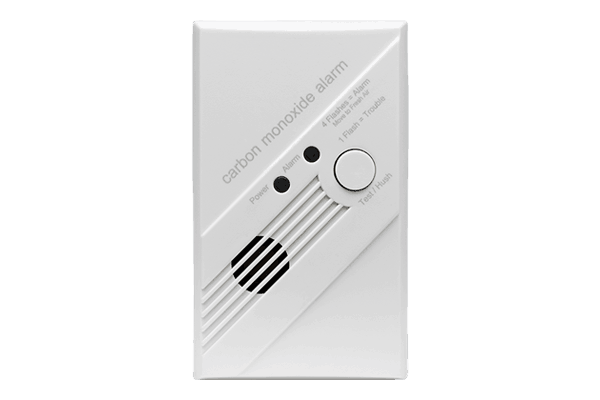
Frontpoint Carbon Monoxide Sensor
Check Your Ventilation
Proper airflow throughout a home can help prevent CO buildup. Check air vents, dryer vents, and ducts for obstructions, and consider having them cleaned if it’s been a while. That goes for chimneys and flues as well. They may need to be inspected and cleaned by professionals so blockages don’t happen.
If you live in snowstorm territory, make sure any low-lying dryer vents or other vents are clear of snow.
Did You Know? If your CO detector does go off, do not try to find the source of the leak. Get outside to fresh air, call emergency services, and make sure everyone in the house is safe and accounted for. Don’t go back inside until emergency responders say it’s safe to do so.
Avoid Portable Gas Appliances Indoors
Gas-powered generators, grills, and other portable fuel-burners need to stay outside and away from open windows and doors. That goes for attached garages as well.
Avoid warming a cold vehicle in a garage, even if the garage doors are open. Vehicles pump out a lot of CO when idling, and it can enter your home through drafts.
>>Read More: Testing Your Home, Inside and Out
Avoiding Disasters
CO should always be taken seriously. You can’t detect deadly concentrations of it without a detection device.
Equip your home with reliable detectors. Keep them working well and tested often, and replace them when needed. Following some of these lifesaving steps, as well as our guide to securing and protecting your home, will put you well on your way to avoiding potentially deadly disasters.
If you’re considering a comprehensive home security system, look for brands that include environmental sensors that detect CO, smoke, and water leaks for that extra line of defense.
FYI: SafeHome is now livestreaming! Got questions about home security? Email us at info@safehome.org, and we’ll answer your questions live on our next stream—personalized advice, straight from the experts. Find us on YouTube @safehome_org. Don’t miss out!


